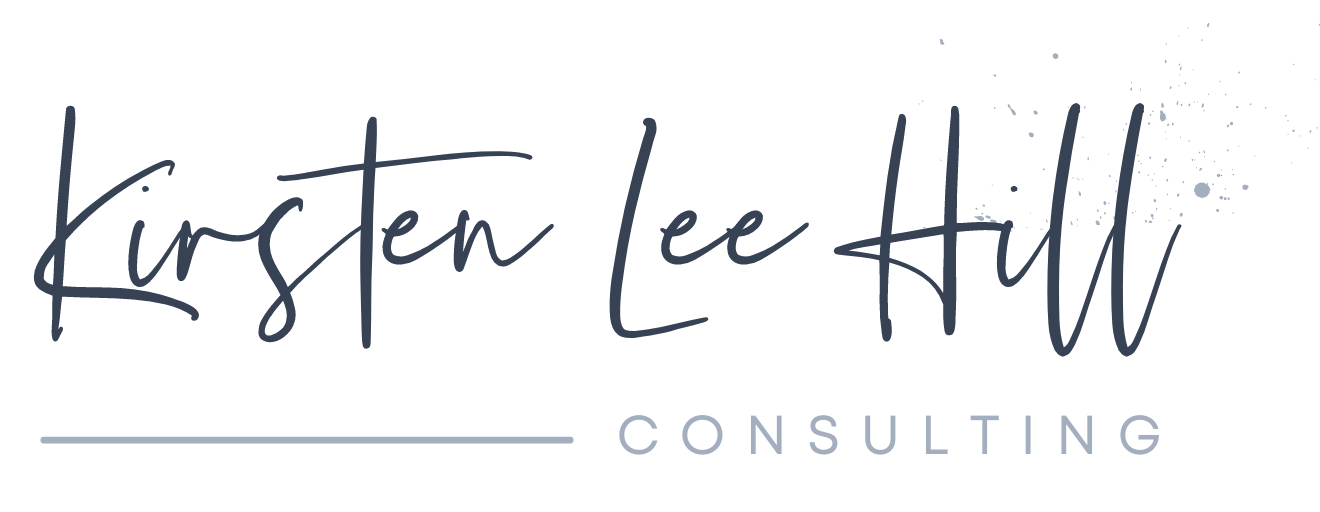Timing Matters—A Skincare (and Survey Design) Story
I did a little Black Friday shopping this year. Love a good sale, love trying out new things—especially when I can snag a discount and not feel like I’m overspending. This time, I decided to try out a new skincare line. I was almost out of my usual stuff, and frankly, it had been underwhelming me recently. Why am I (especially as a researcher!) so committed to products that show no visible results?
The brand, Pai stuck out to me because they are more natural, organic and focused on supporting sensitive skin (I've been getting stress eczema y'all. I just can't). What I really loved? They offered a free virtual consult. The person I spoke with was amazing—so understanding of the fact that I am an absolute minimalist. I want three products, max. I’m blessed with the genetics of good skin (thanks, Mom), and I just don’t like to fuss. So, after a great consult, I made my purchase.
They told me it would ship in 2–3 days and arrive in another 2–3. Perfect. Fast-forward to today: it’s been 16 days. Currently washing my face with water and my hands over here. Yikes.
No products, but can you guess what I have received? Two surveys. Two!
The first survey was the Net Promoter question (How likely are you to recommend...?). Should someone who hasn't tried their products yet be answering this? Probably not. But fine, maybe it’s on some auto-timer. Then came survey #2—also known as my tipping point. This one asked for feedback on the virtual consult and about the products I purchased.
Bad timing ruins even good surveys.
I get why they want to know if I’d recommend their skincare products, and I love that they want feedback on the consultation process, because that's a big investment of time on their end! But hitting me up twice before I’ve even received my purchase? That’s wild to me.
I can’t tell you about my product experience when I haven’t tried the products. And now, instead of feeling valued, I feel bombarded. Worse yet, I’m feeling like they’re out of touch. The audacity to ask someone who has never used your product for a testimonial? I’m much less inclined to answer another survey now.
The problem here is that companies like this have data on purchases—they know if you had a consult, if you bought something, and even if that something has made it to your doorstep. There’s no excuse for missing the mark here. Either they’re missing a system to pull all those pieces together, or they’re missing the thoughtfulness in designing a good survey experience.
When you’re planning out surveys, think about timing. Use the data you already have to make smarter decisions. For example:
• You know when someone makes a purchase.
• You know when their order ships.
• You know when it’s delivered.
Leverage that information! In this case:
The consult feedback could have been sent a day or two after the consult (while it was still fresh) but without tying it to product use.
The questions asking about product experience? That should have been scheduled after delivery.
A Net Promoter Score question should come after at least a few weeks of product use (unless they are tracking changes in NPS overtime at various points in the customer journey which, lets be real...given their timing issues, they probably aren't).
Lazy timing—like “send this 2 days later” or “trigger this after a week”—doesn’t cut it. Surveys should feel tailored, thoughtful, and relevant to the person receiving them. This gets you better data and creates a better experience for the person taking the survey.
So here’s your checklist:
• Ask questions that make sense to ask.
• Use the data you already have to time surveys thoughtfully.
• Respect your audience’s experience—don’t bombard them.
Surveys aren’t just about collecting answers; they’re about showing that you’re paying attention.
(And if you’re wondering—yes, I’m still waiting on those skincare products. At this point, I just want them to arrive before a third survey hits my inbox.)
